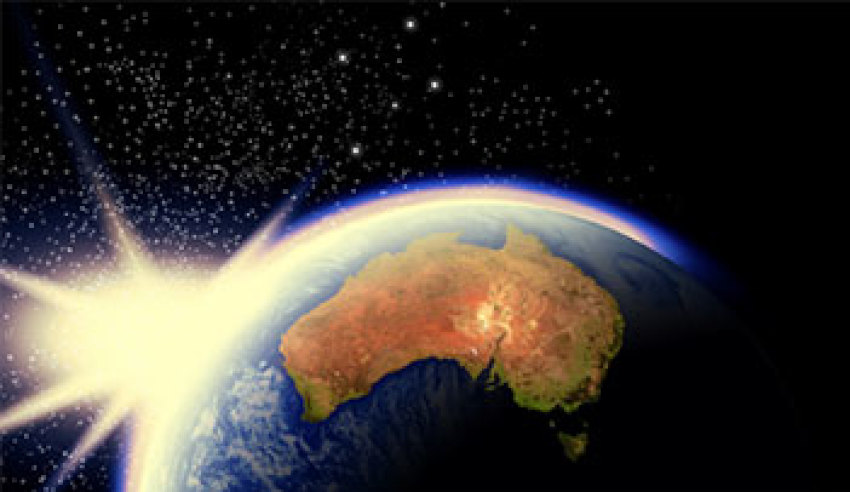Water is regarded as essential to development of life, and this orbital region is referred to as the circumstellar habitable zone or Goldilocks Zone where planetary conditions are not too hot and not too cold but just right.
Too far out and it’s too cold, too close to the star and it’s too hot, too big and gravity is excessive.
New research has developed fresh ideas on just how small is too small.
In a recent paper published in the Astrophysical Journal, Harvard University researchers described a new, lower size limit for planets to maintain surface liquid water for extended periods.
“When people think about the inner and outer edges of the habitable zone, they tend to only think about it spatially, meaning how close the planet is to the star,” said paper first author Constantin Arnscheidt.
“But actually, there are many other variables to habitability, including mass. Setting a lower bound for habitability in terms of planet size gives us an important constraint in our ongoing hunt for habitable exo-planets and exo-moons.”
Planets are generally considered habitable if they can sustain surface liquid water long enough for life to evolve, around a billion years.
Astronomers search for such habitable planets within specific distances of certain types of stars.
The inner habitable zone is set by how close a planet can be to a star before runaway greenhouse effect leads to all surface water to evaporate.
However, the new study indicates this doesn’t apply for small, low gravity planets.
The excess greenhouse effect happens when the atmosphere absorbs more heat than it can radiate back out to space.
However, the Harvard study indicates that the atmospheres of smaller planets closer to stars expand outwards as they warm, allowing greater heat absorption and radiation. That maintains temperature stability and liquid surface water.
But planets too small lose their atmospheres altogether.
Researchers said there was a critical size below which a planet could never be habitable, and that’s actually pretty small, about 2.7 percent of the mass of Earth.
By comparison, the Moon is 1.2 percent of the mass of Earth, while Mercury is 5.53 percent, but much too close to the sun.

